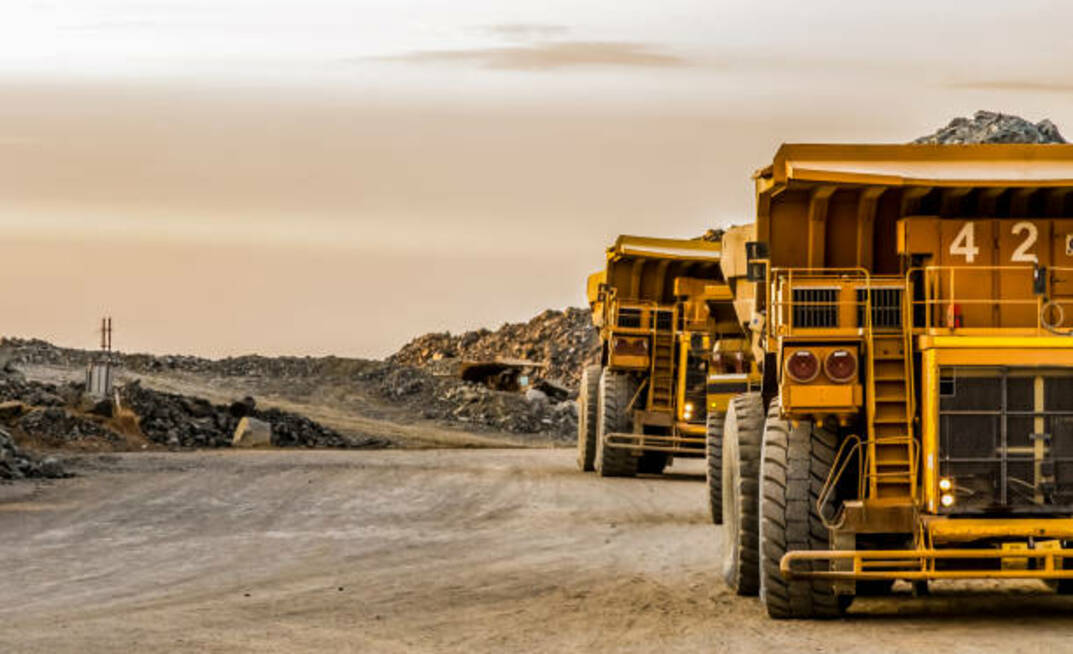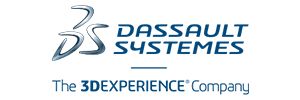Dassault Systèmes GEOVIA's worldwide senior director Jeff Hamilton talks to EMEA editor Mining Magazine Craig Guthrie, about sustainability in the global mining industry.
The world's population is expected to top 10 billion by 2050, with 70% tipped to reside in urban areas predominantly in Africa and Asia.
Population growth demands big increases in infrastructure spending and build and raw materials, with miners in the box seat to provide the new economy metals and minerals required in the future.
According to Hamilton, the mining industry is slowly starting to embrace sustainability.
"It used to be something you do in addition to the other aspects of a mining operation, but now it's being incorporated into the operations," he said.
"Over time, humans have mined about 5500 million tonnes of copper [but] when the electric vehicle revolution comes, we'll need at least double that."
Hamilton said with fewer high-grade deposits available better geoscience predictability is needed to uncover the quality of those deposits to target mining operations more effectively.
"In terms of waste mining, we need to look at how to retrieve metals and minerals from waste piles and generate less waste to begin with," he added.
"So many new technologies are coming online we could use, like in-situ leaching. It moves less material which takes less energy and is more sustainable, and in the court of public opinion makes mining look more sustainable and improves ESG (Environmental, Social and Governance) scores," Hamilton said.
"Because we'll have to mine more, we need to run a charm offensive on the public to help them understand why mining is critical to modern life."
Hamilton said the four most significant issues around sustainability were decarbonisation, water stewardship, provenience and differences in business models.
With decarbonisation, he said, it was about energy switching and the move from internal combustion engines and carbon-based energy sources to more renewables.
"Mining takes a lot of energy, and the question is how are we dealing with this energy shift," Hamilton asked.
"How do we go about re-envisioning what mining looks like?"
Water stewardship is defined as the use of water that is socially and culturally equitable, environmentally sustainable and economically beneficial.
Hamilton said global climate change was putting increasing pressure on water resources.
"Mines can be very water-intensive, so we need to reduce water consumption and of the water we use, we need to take care of it or treat it and return it to the natural world in the same condition or better than we found it."
Provenience was also becoming a factor, he said, with products being tracked through their lifecycle and customers wanting to know exactly where things come from.
Hamilton said with the amount of materials needed to deal with population growth, some of the business models in mining will need to change.
"How do we keep metals or minerals in use a lot longer than traditionally?" he said.
"And how do we recycle them more effectively?"
Hamilton said companies can use virtual twins to improve sustainability measures.
"For example, with a mill, looking across the operations we make a digital representation of everything that's going on and put it into a data lake, with all the systems in the mill instrumented to bring data back on crushing efficiency to see how much energy's being used and how effective parts of the mill are operating," he said.
"It all comes together in a virtual context. We combine the virtual and the real."
With mines costing hundreds of millions of dollars or more to bring into production, having the ability to simulate development is incredibly important, Hamilton said.
"With virtual twins, we've been able to do some amazing things like model the human heart, and there's no reason we can't use the techniques we use in humans and apply it to the mining industry."
Hamilton said Dassault Systèmes can help companies transition to greener energy and reach their net zero targets by 2050.
As a leading member of the Electric Mine Consortium, Dassault Systèmes has deep experience of applying virtual twin technology across a number of sectors to help accelerate the needs of the mining industry in the transition to greener energy.
At Dassault Systèmes, its 3DEXPERIENCE platform forms the basis for mining companies to create a complete virtual model of their operations across the value chain.
Whether it's a brownfield mining operation looking to do a gradual energy transition across different parts of their site or a greenfield site building a sustainable mine from the ground up and want to understand the implications of a full electric fleet and renewable energy usage across their operation, Dassault Systèmes solutions can enable all levels of analysis.
Using the 3DEXPERIENCE platform and broader Dassault Systèmes technology portfolio, mining companies can start the energy transition with an understanding of their current operations by baselining their energy sources and consumption, forecasted usage and resulting emissions.
By aggregating this data and combining with other design and geospatial data in the form of a virtual twin, mine operators and their investors can start to analyse alternative energy sources and impacts of electric fleets on their operations.
Through modeling and simulation, companies can run hundreds of simulations to determine the optimal mine design and operation, while incorporating desired economic, social and environmental outcomes before having to do anything in the real world.
Hamilton said virtual twin technology was especially valuable for the mining industry, and even more so now with the sustainability challenges faced by the sector.
With the depth of scientific topics covered in mining, the ability to model, simulate, monitor and clearly communicate and report these highly complex scenarios to a broadening set of stakeholders is key.
Through the use of virtual twin solutions developed by Dassault Systèmes on the 3DEXPERIENCE Platform, mining companies can have a real-time virtual representation of their mining operations in the environment they operate in.
This lets miners not only understand their current state, but also allows them to model, simulate, visualize and analyse the mine's behaviour in different conditions and scenarios - to solve problems in four dimensions - 3D plus time.
From a sustainability perspective, virtual twins enable mining companies to test numerous scenarios such as:
- Testing the introduction of a renewable energy solution in a mine as part of a decarbonization plan;
- analysing their water consumption and treatment to ensure they are limiting their impact on the local ecosystem and community;
- simulating underground designs and impacts on ventilation and safety of an all-electric fleet; and
- monitoring and simulating material handling to include traceability of ore from pit to port and minimising waste creation.
All of this in the virtual environment to optimise outcomes and reduce risk in the virtual world before impacting the real-world.
The technology can be used in mines at all levels of sophistication as there is a broad range of digital capabilities that can be adopted over time as a mine moves up through the technology maturity stages.
Whether it's a brownfield mine with a specific challenge they want to address in one area of their site to a greenfield mine starting from scratch, there is technology that can be applied to ensure the best outcomes.
The use of technology isn't a one size fits all scenario, Hamilton warns.
For example, a brownfield mine that has observed bottlenecks in the field may want to use software to perform a process mapping exercise and digitalise a portion of the mine to determine the cause-and-effect of the bottlenecks and optimise those areas of the process.
This type of project would be more manageable from a cost and deliverables standpoint that adds value to a traditional mine.
On the other hand, a more sophisticated, automated mine may want to build a full virtual twin that includes all design information, environmental data, operational data, etc. to have a real-time virtual view of the entire operation.
This would enable the mine to have a true measuring-while-operating model that allows them to simulate both minor and major changes before implementing, monitor operations and take immediate action where required and ensure that both economic and environmental value is generated across the mine.
To find out more about achieving zero-emissions mining, click here
ABOUT THIS COMPANY
Dassault Systèmes
Dassault Systèmes, the 3DEXPERIENCE Company, is a catalyst for human progress. We provide business and people with collaborative 3D virtual environments to imagine sustainable innovations. By creating virtual twin experiences of the real world with our 3DEXPERIENCE platform and applications, our customers push the boundaries of innovation, learning and production. Dassault Systèmes brings value to more than 290,000 customers of all sizes, in all industries, in more than 140 countries. For more information, visit www.3ds.com


























